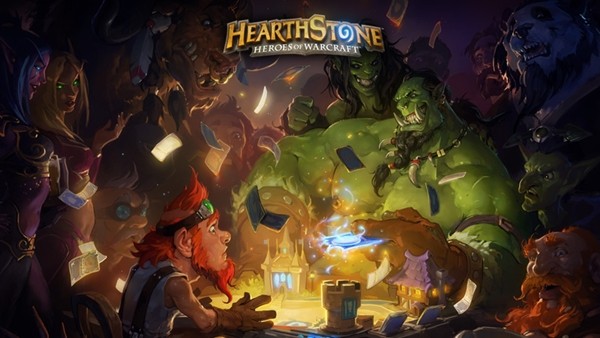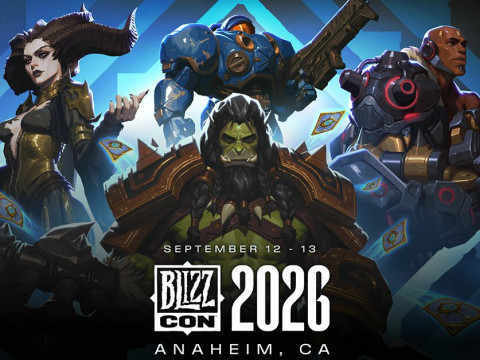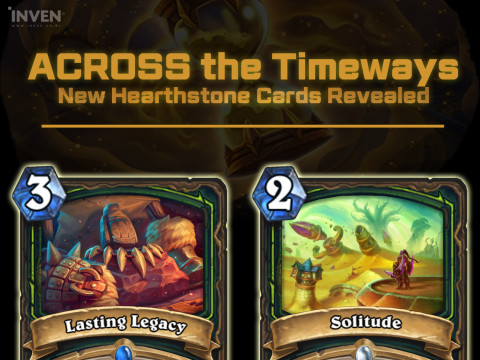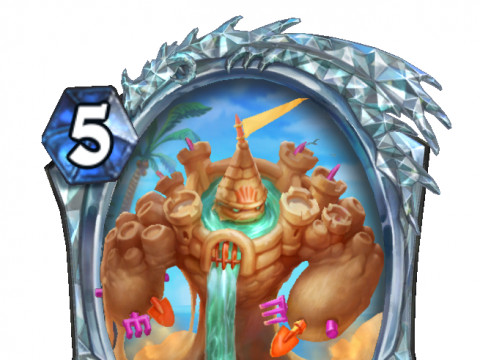
Trading Card Games (TCG) have a long history as a competitive game than any PC game has. In truth, TCGs have a longer history than esports does.
When Blizzard first released Hearthstone, in 2014, there weren’t many people who predicted it would become a successful esports title; truthfully, few people thought it had esports potential at all. Before Hearthstone become an esport, TCGs were rather limited to smaller community competitions, with Magic the Gathering being the biggest example. Many believed such games relied mainly on luck, just like Poker or Blackjack. Because of this stigma, most people said that it would be hard for TCGs to become a more publicized and respected.
However, as if to spite those predictions, Hearthstone gained immense popularity after its release and players all over the world began holding tournaments by themselves.

Even Blizzard didn’t expect Hearthstone to become such a successful esport. It may be hard to believe for those who enjoy watching the Hearthstone tournaments, but there wasn’t any spectator mode in the first version of Hearthstone released in 2014.
Those who wanted to enjoy watching tournaments began to make their own tournaments and join them. In order to bypass the lack of a spectator mode, the players would often use different methods such as holding offline tournaments or by having the players tell commentators what they have in their hand during online tournaments.
In fact, there hasn’t been any previous case where the players’ passion turned a TCG into an esport title. Hearthstone has rules that are more basic than most TCGs have and is enjoyed by a very large number of people. Hearthstone, armored with simple rules and rather intuitive game structure, along with its convenient access, soon became one of the dominant esports titles. Even now it continues to be a tier 1 esport title, frequently bringing in top-ranking viewership whenever a tournament is streamed.
How was this all made possible? We will discover the answer to this question by inviting Hak-jun “Kranich” Baek, the winner of BlizzCon tournament, and Andrey “Reynad” Yanyuk, a first generation Hearthstone pro and owner of the first professional Hearthstone team, during the special session, “Hearthstone Pioneers Table: What makes a casual card game a tier 1 esports” at the first IGEC - ESPORTS DEEP DIVE.

They will be focusing on the difference between how games traditionally become an esport and how Hearthstone has become an esport. The pro Hearthstone players and streamers are playing the game “together” with hundreds and thousands of people via streaming and broadcasting, and it is important that we put an emphasis on the fact that they play it “together”; in other esports, this sort of thing is not found. They explain the reasoning behind their decisions as they play and engage with their fans as they argue for or against the player’s decision; this sort of esports interaction is a completely new one.
The people who create this new culture are a different form of audience from the “casual crowd” in other esports or “esports fanatics” who actively go to the tournaments to support their favorite players. This new type of audience could play a crucial part in turning other games into esports in the future. This panel session provides people with the chance to learn about Hearthstone’s history and this new esports culture in detail, making it an important panel for all esports fans, devs, and related individuals.
![]()
- Ji-Eun “Meii” Paek
- Email : meii@inven.co.kr








Sort by:
Comments :0